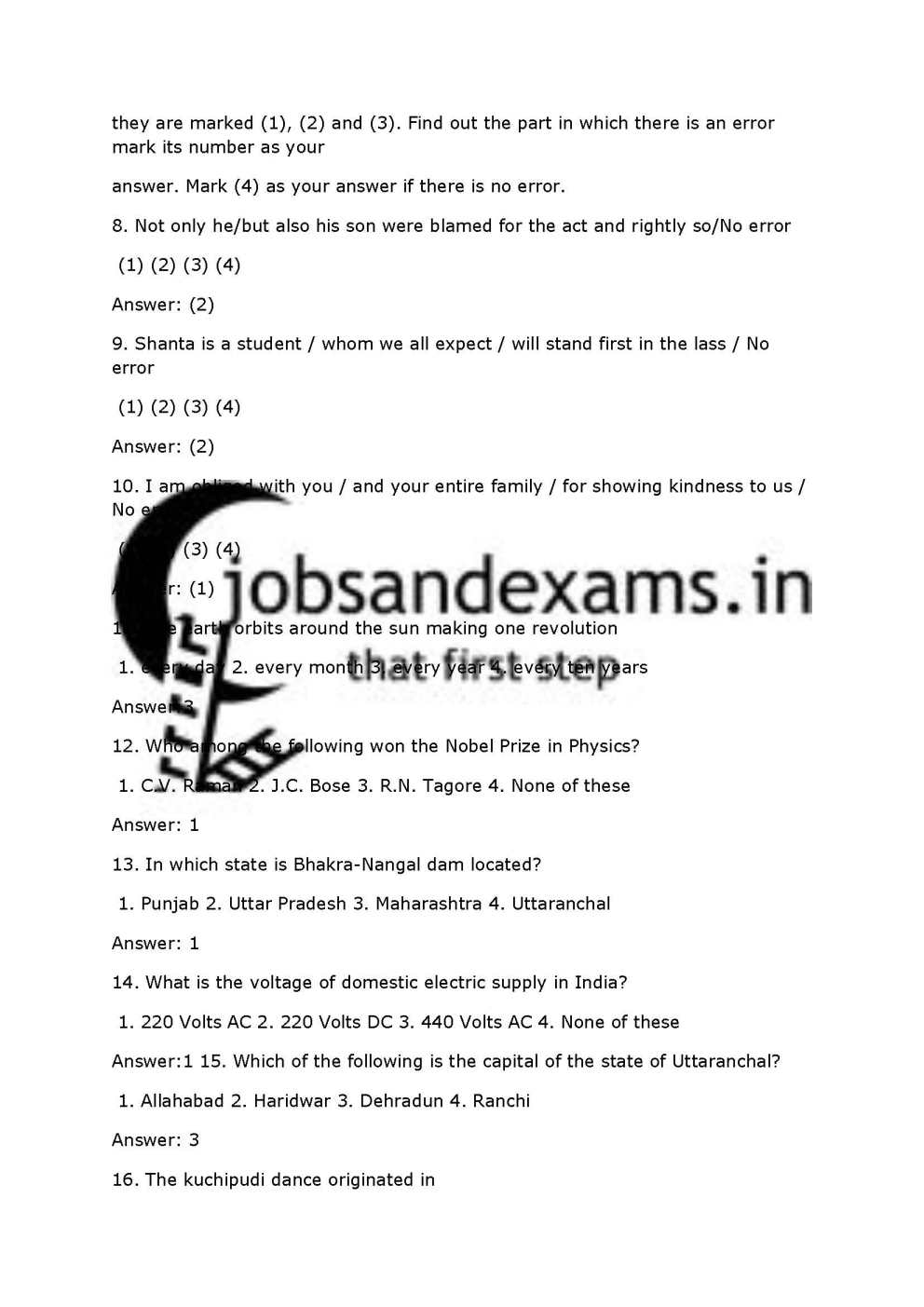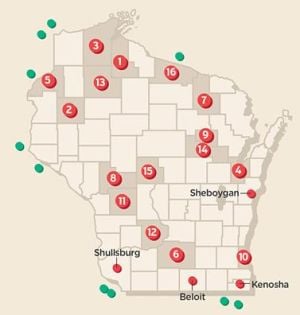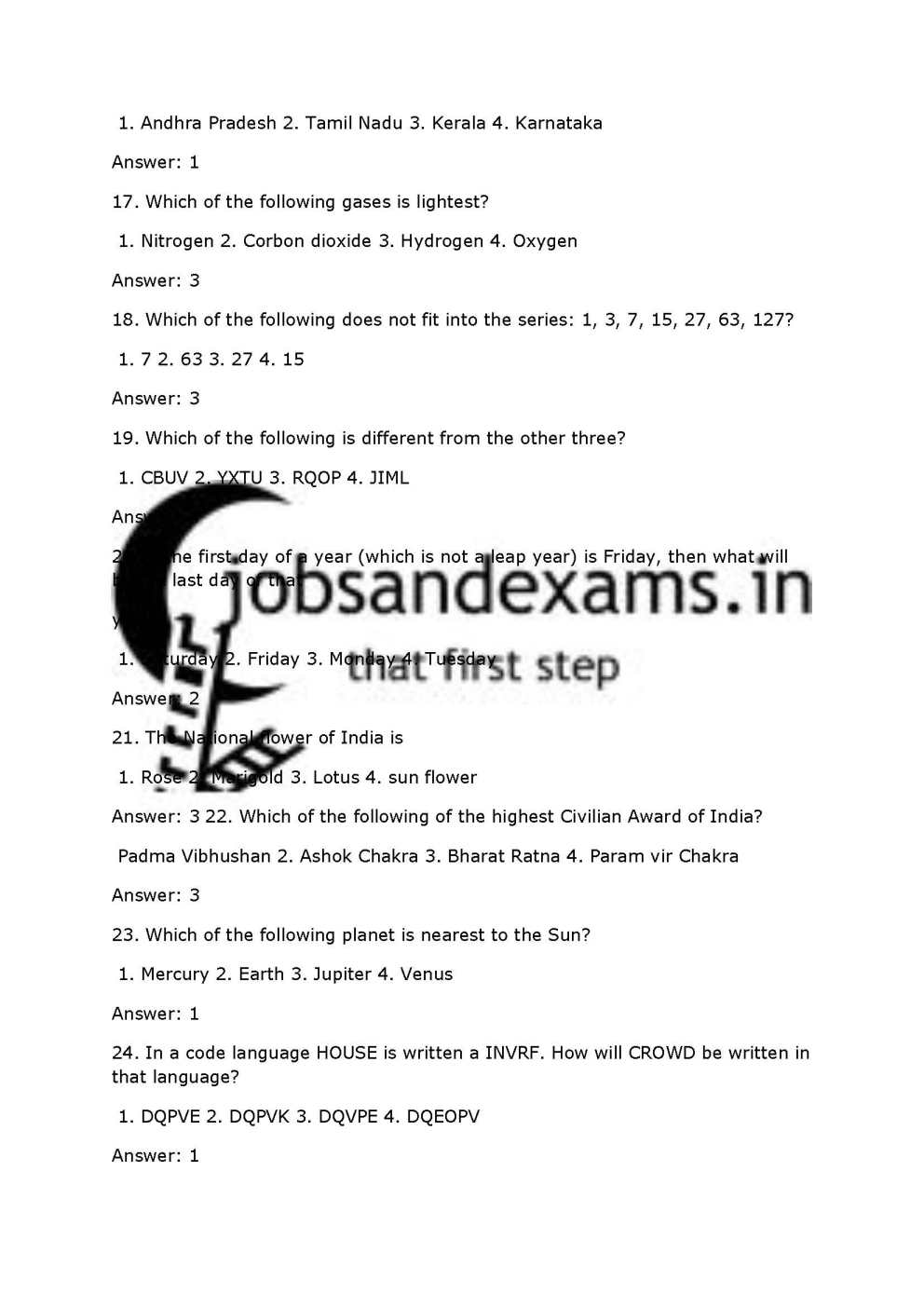

His court gained a reputation for moral laxity. However, he also showed an almost impenetrable reserve, especially concerning his political agendas. Charles dissolved the English Parliament in 1681 and ruled alone until his death in 1685.įollowing his restoration, he became known for his affability and friendliness, and for allowing his subjects easy access to his person.

Charles sided with the Tories, and after the discovery of the Rye House Plot to murder Charles and James in 1683, some Whig leaders were executed or forced into exile. The crisis saw the birth of the pro-exclusion Whig and anti-exclusion Tory parties. In 1679, Titus Oates's fabrication of a supposed Popish Plot sparked the Exclusion Crisis when it was revealed that Charles's brother and heir presumptive, James, Duke of York, had become a Catholic. Charles attempted to introduce religious freedom for Catholics and Protestant dissenters with his 1672 Royal Declaration of Indulgence, but the English Parliament forced him to withdraw it. Louis agreed to aid him in the Third Anglo-Dutch War and pay him a pension, and Charles secretly promised to convert to Catholicism at an unspecified future date.

In 1670, he entered into the Treaty of Dover, an alliance with his cousin King Louis XIV of France. The major foreign policy issue of his early reign was the Second Anglo-Dutch War.
#SECOND AND CHARLES JOBS CODE#
Charles acquiesced to the Clarendon Code even though he favoured a policy of religious tolerance. After 1660, all legal documents stating a regnal year did so as if he had succeeded his father as king in 1649.Ĭharles's English parliament enacted laws known as the Clarendon Code, designed to shore up the position of the re-established Church of England. On, his 30th birthday, he was received in London to public acclaim. The political crisis that followed Cromwell's death in 1658 resulted in the restoration of the monarchy, and Charles was invited to return to Britain. Charles spent the next nine years in exile in France, the Dutch Republic and the Spanish Netherlands. Cromwell became Lord Protector of England, Scotland and Ireland. Cromwell defeated Charles II at the Battle of Worcester on 3 September 1651, and Charles fled to mainland Europe. However, England entered the period known as the English Interregnum or the English Commonwealth, with a government led by Oliver Cromwell. After Charles I's execution at Whitehall on 30 January 1649, at the climax of the English Civil War, the Parliament of Scotland proclaimed Charles II king on 5 February 1649.

George FitzRoy, 1st Duke of Northumberland.Charles FitzCharles, 1st Earl of Plymouth.Charlotte FitzRoy, Countess of Yarmouth.


 0 kommentar(er)
0 kommentar(er)
